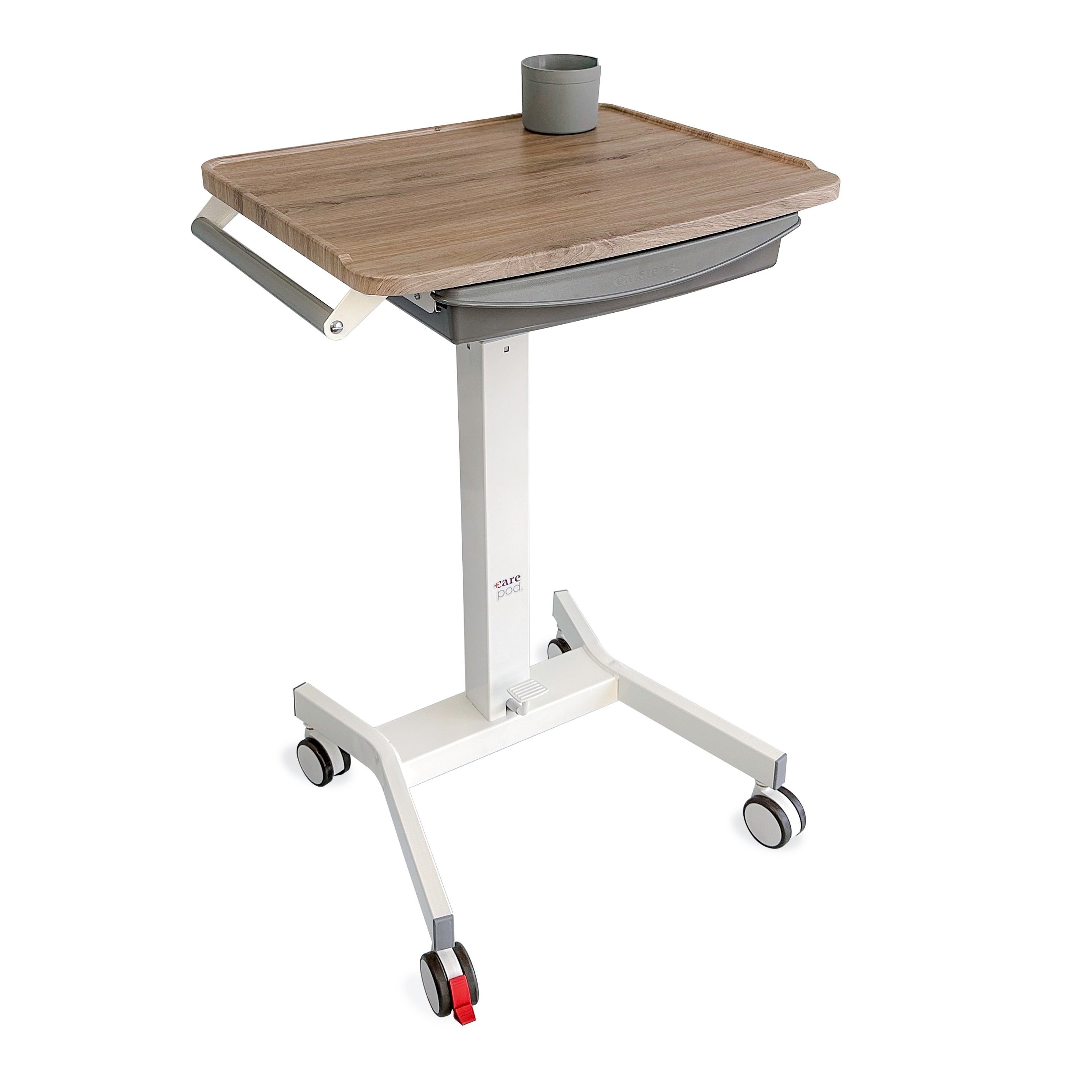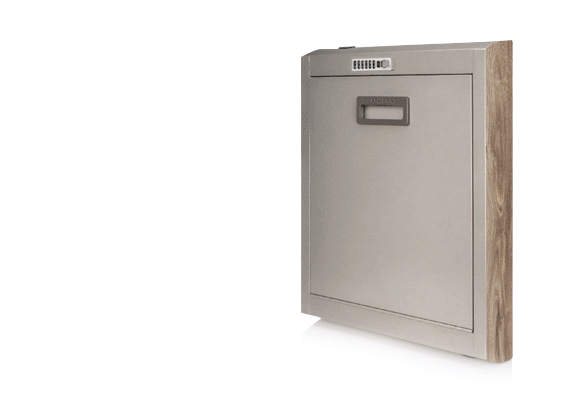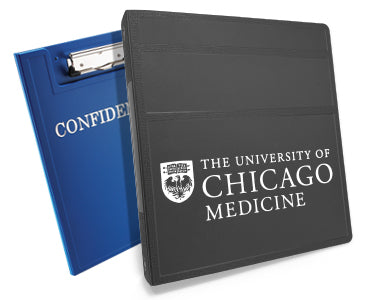
While joyous for many, the holiday season often presents unique challenges for healthcare facilities. Increased patient volume and reduced staff availability can put immense pressure on healthcare workers. These dedicated professionals are the backbone of patient care, and during such busy times, strategic planning and robust support systems become crucial.
Addressing these challenges ensures the continuation of exceptional patient care and safeguards the well-being of the healthcare teams that tirelessly devote themselves to serving others. As we explore effective strategies to support healthcare staff during holiday shortages, we must recognize their unwavering commitment and explore actionable solutions that promote efficiency and compassion in care delivery.
Anticipate Patient Needs
Accurately predicting patient volume is essential. Analyze historical data to understand patterns in patient visits. Consider factors like local disease outbreaks, holiday travel trends, and typical seasonal illnesses.
Forecasting allows healthcare facilities to plan staffing levels so patients receive the care they need without interruption. Adjust schedules and allocate resources to maintain operational efficiency and high-quality care. Accurate predictions prevent last-minute staffing scrambles, providing peace of mind for staff and management.
Implement Flexible Scheduling
Consider flexible staffing strategies to meet fluctuating patient demands. Offer temporary shifts, extend work hours, and provide on-call opportunities. Encourage staff to pick up shifts when possible, using digital scheduling platforms for convenience. Flexibility empowers employees, allowing them to balance work and personal commitments.
Flexible scheduling also optimizes resource utilization and decreases reliance on costly overtime. Align staffing schedules with patient demand variations, considering employee preferences. You can create a more satisfied workforce, enhancing engagement and reducing burnout.
Use Cross-Training To Enhance Skills
Cross-training broadens employee skills, making the workforce more adaptable. Encourage staff to diversify their competencies to aid in various roles. Trained nurses can assist with clerical tasks, while administrative staff may help with basic patient care. Investing in cross-training reduces pressure on specialized teams during shortages while improving job satisfaction and operational efficiency.
Foster Collaboration
Encourage collaboration among departments to maintain seamless care. Regular communication channels like daily huddles can facilitate interdepartmental cooperation. Implement collaborative care models involving professionals from various disciplines. This practice reduces reliance on specific individuals and enhances patient outcomes.
Effective communication helps patients receive timely attention, even during staff shortages. Nurturing a collaborative environment also fosters a supportive workplace, contributing to consistent patient care throughout holiday surges.
Use Technology
Technology plays a pivotal role in optimizing staffing. Workforce management software tracks employee availability, skills, and time-off preferences while patient tracking systems provide insights into patient flow and urgency levels. These tools support swift responses to changing demands. Automated systems streamline operations, allowing managers to efficiently deploy qualified staff. Improved information flow leads to better care coordination and higher service quality.
The Importance of Paper Documents
Even with the surge of digital technologies in healthcare management, paper documents remain crucial for operational success. These documents offer tangible proof of transactions, promote regulatory compliance, and provide a vital backup during technical failures. When electronic systems face downtime, paper records guarantee continuity in patient care by preserving access to essential information.
Additionally, paper records offer an extra layer of data security, as they’re less vulnerable to cybersecurity threats. Their enduring importance highlights the necessity for a balanced data management approach that integrates digital and traditional methods for comprehensive, reliable documentation in healthcare facilities.
Recognize Employee Contributions
Celebrating employee efforts boosts morale and engagement. Acknowledge their dedication through verbal praise, written commendations, and financial incentives. Nonmonetary rewards like gifts or time off also show appreciation.
Recognition during demanding periods encourages continued commitment to high-quality care. Valuing employees fosters a positive work environment, enhancing patient outcomes and organizational success.
Partner With Staffing Agencies
Leverage partnerships with staffing agencies for additional support during busy holiday stretches. These companies provide temporary professionals tailored to organizational needs. This flexibility ensures uninterrupted care delivery during peak times.
Staffing partners offer solutions for quickly securing qualified professionals. Their expertise facilitates adapting to changing patient volumes and maintaining optimal service levels. Collaborations alleviate pressure on full-time staff, safeguarding against burnout.
Use Resources Efficiently
Resource utilization maximizes productivity, streamlines processes, and eliminates inefficiencies. Identify areas for improvement and implement strategies to enhance workflow. With adequate management, you can reduce staff stress and improve patient care quality. A lean operation ensures smooth functioning, even during busy periods.
Have Adequate Supplies
Maintaining an adequate inventory of medical supplies, equipment, and medical front office supplies is crucial for holiday staffing solutions. Proactive inventory management matches the increased demand for essentials like personal protective equipment (PPE) and medications during busy periods. Regular audits assess stock levels and identify potential shortages.
Collaborate with suppliers for reliable delivery schedules. Adequate supplies prevent treatment delays and support uninterrupted care, fostering a stable healthcare environment. Having necessary materials available will minimize stress on staff and maintain efficiency during demanding holiday seasons.
Maintain High Standards
Consistently delivering high-quality care builds patient trust. Adhere to established protocols and best practices. Continuous staff training and development reinforce skills and knowledge, and upholding standards ensures patient safety and satisfaction. Regular assessments identify areas for improvement and maintain excellence in service delivery, while commitment to quality solidifies reputation and sets organizations apart.
Build a Supportive Culture
A supportive culture fosters collaboration and resilience. Encourage open dialogue and feedback among staff. Address concerns promptly and provide resources for professional growth.
Cultivate a positive environment where employees feel valued and empowered. This environment leads to higher job satisfaction, reduced turnover, greater organizational performance, and better patient care.
Engage in Continuous Improvement
Improvement drives innovation and success. Regularly evaluate processes and outcomes to identify opportunities for enhancement, then implement changes based on feedback and evolving needs.
Commitment to improvement ensures adaptability and competitiveness. Stay informed about industry advancements and integrate relevant innovations to position your organization for long-term success.
Strategic planning and proactive measures support healthcare staff during holiday shortages. Anticipating needs, fostering collaboration, and using technology create an adaptive environment. Recognizing employee contributions and leveraging partnerships enhances morale and service quality.
Prioritizing these strategies helps healthcare organizations maintain consistent patient care throughout the busy holiday season. Empowered staff deliver exceptional services for better patient safety and satisfaction.







